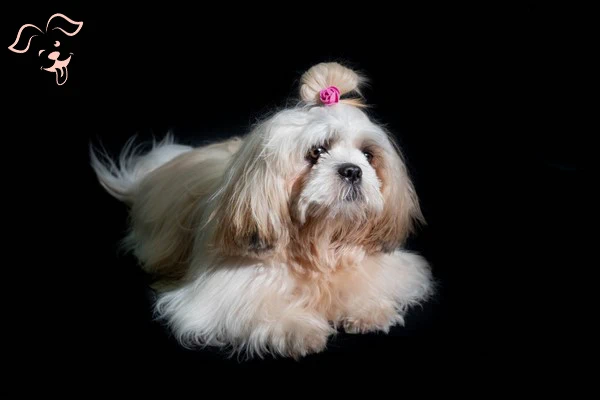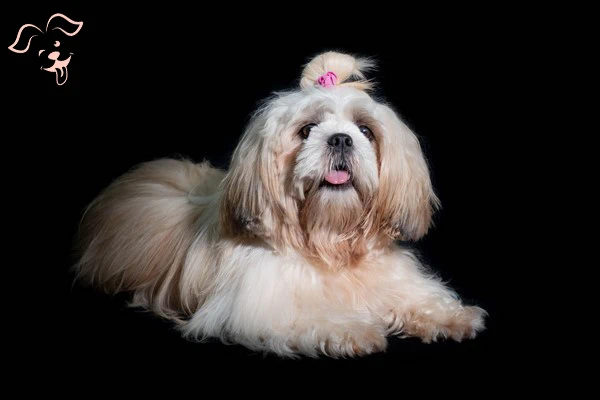CARING WITH FAMILY
|
| The level of affection a breed is inclined to display towards their family members or individuals they are familiar with can vary significantly. Certain breeds may appear distant with everyone apart from their owner, while others exhibit a friendly demeanor towards anyone they are acquainted with treating them as though they are their closest confidant. |
LOVE WITH CHILDREN
Unwise
Good With Children
|
| The extent to which a breed demonstrates tolerance and patience towards children's behavior, as well as their overall family-friendly disposition is worth considering. It is essential to provide supervision when dogs interact with young children or children of any age who have limited exposure to dogs. |
BEHAVIOR WITH DOGS
Unwise
Good With Other Dogs
|
| The overall sociability of a breed towards other dogs is an important factor to consider. While it is crucial to supervise and manage interactions and introductions between dogs, certain breeds tend to have a predisposition to being more amicable and compatible with other dogs both in domestic settings and in public environments. |
SHEDDING LEVELS & MANAGEMENT
No Shedding
Hair Everywhere
|
| The amount of fur and hair a breed tends to shed is an aspect to take into account. Breeds that exhibit high shedding will require more frequent brushing, potentially triggering specific types of allergies. Additionally, they are more likely to necessitate regular vacuuming and lint-rolling to manage the shedding effectively. |
COAT GROOMING STANDARDS
|
| The frequency of bathing, brushing, trimming, and other forms of coat maintenance varies among different breeds. It is crucial to consider the amount of time, patience and budget you can allocate towards grooming when assessing these requirements. Remember that all breeds necessitate regular nail trimming. |
DROOLING INTENSITY
Less Likely to Drool
Always Have a Towel
|
| The tendency of a breed to drool is an important consideration. If you value cleanliness and dislike dogs that leave trails of slobber on your arm or create noticeable wet spots on your clothes, it might be advisable to choose a breed that is less prone to drooling. |
COAT STYLES GUIDE |
| Double |
| COAT SPECTRUM |
| Long |
FRIENDLINESS
Reserved
Everyone Is My Best Friend
|
| The level of openness a breed displays towards strangers is another factor to take into account. Certain breeds tend to be reserved or cautious around new individuals, irrespective of the setting, while other breeds are generally more enthusiastic about meeting new people whenever the opportunity arises. |
LIVELINESS
Only When You Want To Play
Non-Stop
|
| The level of enthusiasm a breed exhibits towards play, even beyond the puppy stage is an important consideration. Some breeds maintain a strong desire to engage in activities like tug-of-war or fetch well into their adult years, while others are content to relax on the couch with you for the majority of the time. |
VIGILANCE INTENSITY
What's Mine Is Yours
Vigilant
|
| The inclination of a breed to alert you of the presence of strangers is worth considering. Some breeds are more likely to react to any perceived threat, whether it's the mailman or a squirrel outside the window. These breeds tend to be vigilant and may warm up to strangers who enter the house and are accepted by their family. |
ADAPTATION CAPACITY
Lives For Routine
Highly Adaptable
|
| The adaptability of a breed to handle change is a significant factor to consider. This encompasses how well they adjust to alterations in living conditions, noise levels, weather conditions, daily schedules and other variations in day-to-day life. |
OBEDIENCE LEVEL
Self-Willed
Eager to Please
|
| The ease of training and the willingness of a dog to learn new things are important aspects to evaluate. Some breeds are highly motivated to please their owners and are generally eager to learn, while others may have a more independent nature, preferring to do as they please, when they please and wherever they please. |
STAMINA LEVEL
|
| The exercise and mental stimulation requirements of a breed is crucial considerations. High-energy breeds are often ready and eager for physical activities, constantly seeking their next adventure. They are likely to engage in running, jumping and playing throughout the day. On the other hand, low-energy breeds tend to be more sedentary, content with lounging around and snoozing. Determining the level of exercise and mental stimulation a breed needs is important to ensure their overall well-being. |
VOCALIZATION
|
| Medium |
LEARNING CURIOSITY LEVEL
Happy to Lounge
Needs a Job or Activity
|
| The amount of mental stimulation a breed requires to stay happy and healthy is an important consideration. Purpose-bred dogs designed for specific tasks, often require mental engagement that involves decision-making, problem-solving, concentration and other qualities. Without adequate mental exercise, these dogs may resort to creating their own activities to keep their minds occupied and these activities may not align with what you would prefer. Providing sufficient mental stimulation is essential to ensure the overall well-being of such breeds. |
| COLORS |
|
Description
|
Registration Code
|
|
Black
|
007
|
|
Black & White
|
019
|
|
Brindle
|
057
|
|
Brindle & White
|
059
|
|
Gold
|
091
|
|
Gold & White
|
092
|
|
Red & White
|
146
|
|
Silver & White
|
182
|
|
Blue
|
037
|
|
Blue & White
|
045
|
|
Liver
|
123
|
|
Liver & White
|
125
|
|
Silver
|
176
|
|
Red
|
140
|
|
Black Gold & Silver
|
235
|
|
Black White & Silver
|
033
|
|
White
|
199
|
|
Silver Gold & White
|
188
|
|
Black Gold & White
|
310
|
|
| PATTERNS |
|
Description
|
Registration Code
|
|
Black Mask
|
004
|
|
Black Markings
|
002
|
|
Tan Markings
|
012
|
|
White Markings
|
014
|
|






























FRIENDLINESS
LIVELINESS
VIGILANCE INTENSITY
ADAPTATION CAPACITY